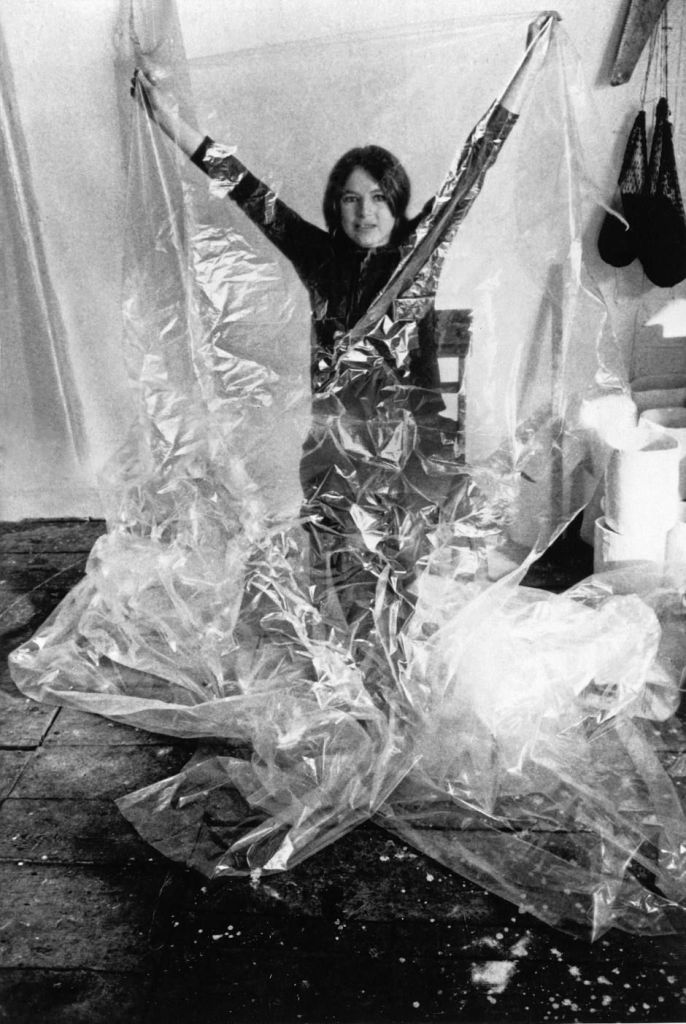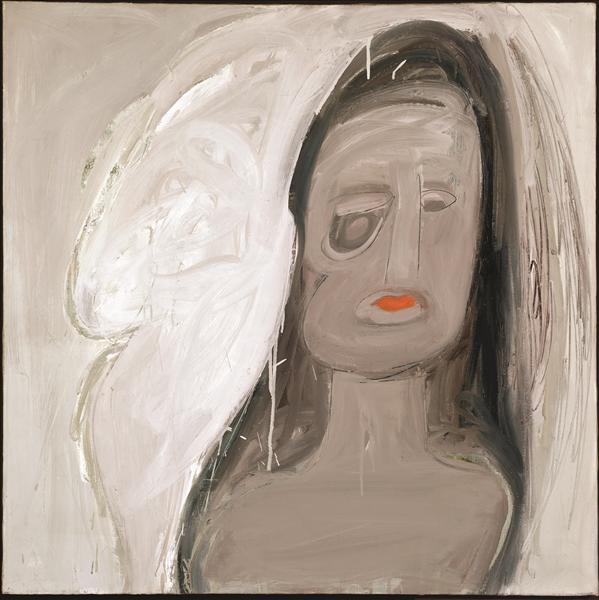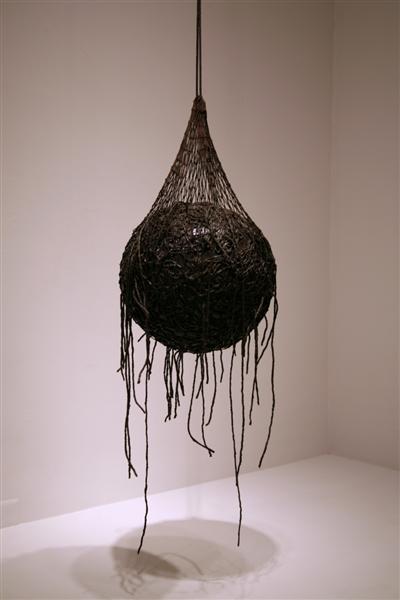Eva Hesse was one of the icons of American art in the 1960s and her work is still considered as a major influence on the subsequent generations of artists. As a sculptor, she is known for her pioneering work in materials such as latex, fibreglass, and plastic. She is among the artists who ushered in the post minimal art movement.

She was born in 1936 into a family of observant Jews in Germany. When she was only two years old, her parents sent her and her older sister, to the Netherlands in hope to flee from Nazi Germany. The family reunited after six months of separation moved first to England and then to US, where they settled in New York.
At the age of 16, she graduated from New York’s School of Industrial Art, and studied at the Pratt Institute of Design for a year. The year of 1954 was important in her life, she took classes at the Art Students League, she also interned at Seventeen magazine, and she started studying at Cooper Union. And two years later, she received her BA from the Yale University.

It was while the period of studies at Yale that she was influenced by Abstract Expressionism. After Yale, Hesse decided to return to New York, where she became friends of other several minimalist artists such as Yayoi Kusama and Sol LeWitt, who was a very close friend until her death. The friendship between Hesse and LeWitt stimulated their work and their artistic development.
During the 1960s in New York, Hesse was part of a group of artists who engaged materials that were originally soft and flexible: aluminium, latex rubber, plastic, lead, polythene, copper, felt, chicken-wire, dirt, sawdust, paper pulp and glue.

By 1965, Hesse moved to Germany with her husband, this change was not good to Hesse, by that time their marriage was already falling apart. While in Germany, she worked in an abandoned textile mill for a year. The building still contained tools from its previous use and the angular forms of them served as inspiration for her mechanical’s drawings and paintings. This year she spent in Germany marked a turning point in her career, it was when she made her first sculpture, the relief Ringaround Arosie, it featured cloth-covered, electrical wire, and masonite. From then on, the sculptures would become the primary focus of her work.
After her return to New York, she started to experience unconventional materials on her works, those materials would later become characterise her output: latex, fibreglass, and plastic. Those materials, which are often unstable, made her works alive for its forever mutability. She was very aware that she produced ephemeral objects, but for her it was more interesting to exploit materials that offered to her this temporal dimension. Much of the power of her art resides in this confident embrace of the moment.
“Life doesn’t last; Art doesn’t last”
She cultivated surprises, enigmas and even mistakes, all of this was an effort to create an art that could transcend the literal associations. The pieces produced by Hesse are at the same time humble and charismatic and that is what put them to play a central role in the transformation of contemporary art and its practice.

In 1969, Hesse was diagnosed with a brain tumour, and after three failed operations in within a year, she died on May 29, 1970. Her death put an end to what would become a highly influential career, despite lasting only 10 years.
Here it is an old article about Hesse’s work Right After.
Curiosities:
- In 1962, Hesse participated in an Allan Kaprow Happening at the Art Students League of New York, there she made her first three-dimensional piece. It was a costume for the happening.
- In 1963, she had a solo exhibition of her works on paper at the Allan Stone Gallery, New York.
- In the past 30 years her work has been highlighted with solo exhibitions and a retrospective that toured several cities such as San Francisco and London.

References:
- Tate
- Artnet (in French)
- Hauser & Wirth
- Artsy
- Images: WikiArt









You must be logged in to post a comment.